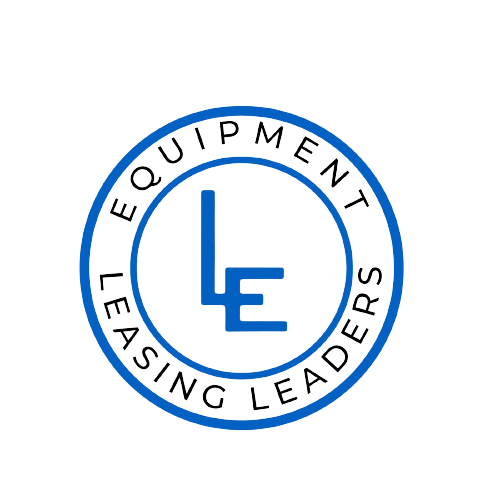Cynosure’s celebrated Q-Switched laser technology for tattoo, skin, and pigment
Built on the original ConBio™ Q-Switched laser technology, the Revlite SI is a multi-wavelength system providing superior efficacy, comfort, and power. It is trusted by practitioners worldwide
Power, versatility, and flexibility
Rely on 1064nm and 532nm wavelengths for powerful non-ablative skin resurfacing, reducing wrinkle and acne scars, treating pigmented lesions including melasma as well as a spectrum of tattoo colors— all with our Revlite SI laser.
- SmartInfinite™ (SI) handpiece
- MultiLite™ dye handpieces
- 532Lite™ handpiece
- PhotoAcoustic Technology Pulse™ (PTP) mode
- Precision beam technology
Precision, performance, and patient comfort
Leverage our innovative handpieces to optimise and expand capabilities. Use the SI handpiece for 0.1mm adjustments in spot sizes and automatic device recognition, enabling fast, precise treatments. For small pigmented lesions requiring low fluences, our 532Lite handpiece provides the control and targeted precision you need. PTP mode enables greater energy delivery by delivering two pulses microseconds apart which is designed to improve results and enhance patient comfort
FAQs
Should I use topical anasthetic while performing this treatment?
Topical anesthetic may be administered to increase patient comfort, although this is not routinely needed.
How long is the downtime?
There is no downtime to any RevLite SI procedure, though some patients mat experience erythema that typically resolves within 24 hours.
How many treatments will it take to give my clients optimal results?
Many clinicians find three treatments, spaced four to six weeks apart, provide the best #vivaceexperience
Clinical data
ConBio, a Cynosure Company, is a recognised industry leader whose technology is strongly supported by sophisticated peer-reviewed clinical research.
Peer reviewed
Tattoo
- Gold, M., MD. (2009). Tattoo removal with an electro-optic Q-switched Nd:YAG laser with a unique pulse dispersion. (April 2009). Cosmetic Dermatology, 22 (4).
- Karsai, S., MD, Pfirrmann, G., MD, Hammes, S., MD, Raulin, C., MD. (2008). Treatment of resistant tattoos using a new generation Q-switched Nd:YAG laser: Influence of beam profile and spot size on clearance success. Lasers in Surgery and Medicine, 40, 139–145.
Pigmentation | Hori’s Nevus
- Hock Leong EE, MBBS, MRCP(UK), Chee Leok Goh, MBBS, FRCP(UK), Khoo, ES-Y. Chan, PhD, Por Ang, MBBS, MRCP(UK). (2006). Treatment of acquired bilateral nevus of ota-like macules (Hori’s Nevus) with combination 532nm Q-switched Nd:YAG laser followed by 1064nm Q-switched Nd:YAG is more effective: Prospective Study. Dermatologic Surgery, 32, 34–40.
Photodamage
- Berlin, A., MD, Dudelzak, J., MD, Hussain, M., MD, Phelps, R., MD, Goldberg, D., MD. (2008). Evaluation of clinical, microscopic, and ultrastructural changes after treatment with a novel Q-switched Nd:YAG laser. Journal of Cosmetic and Laser Therapy, 10, 76–79.
- Yaghmai, D., MD, Garden, J., MD, Bakus, A., PhD, Gold, M., MD, Saal, B., MD, Goldberg, D., MD, Massa, M., MD. (2010). Photodamage therapy using an electro-optic Q-switched Nd:YAG laser. Lasers in Surgery and Medicine, 42, 699–705.

